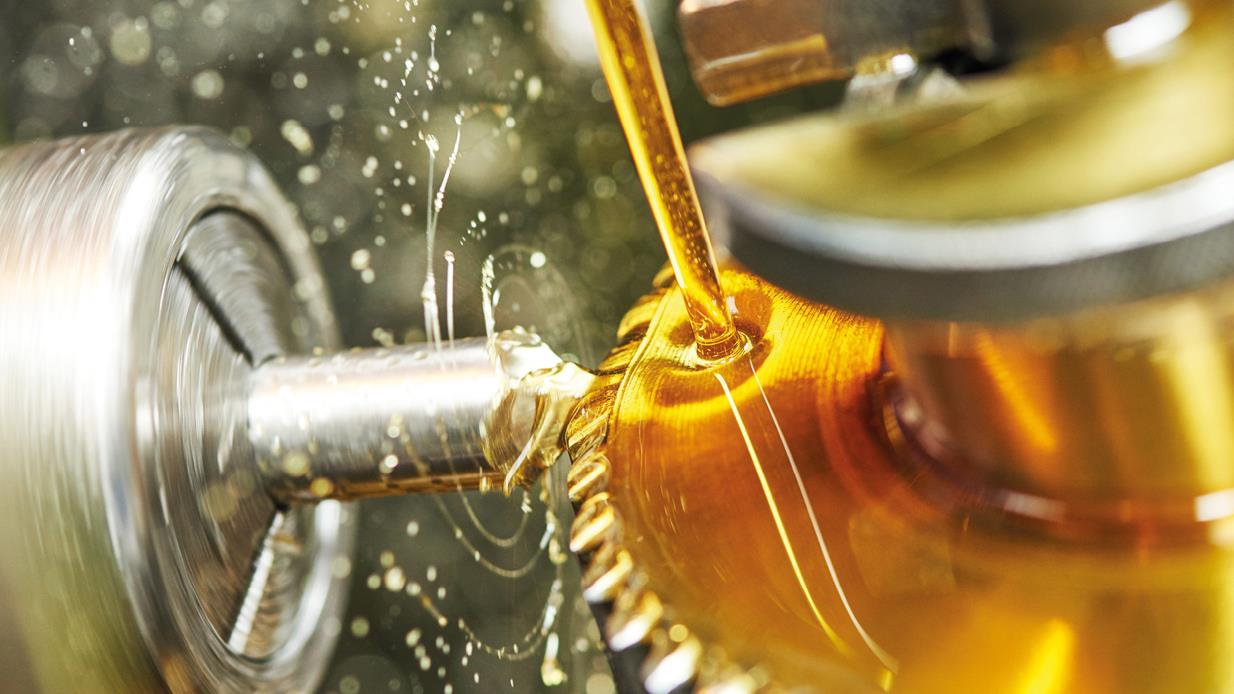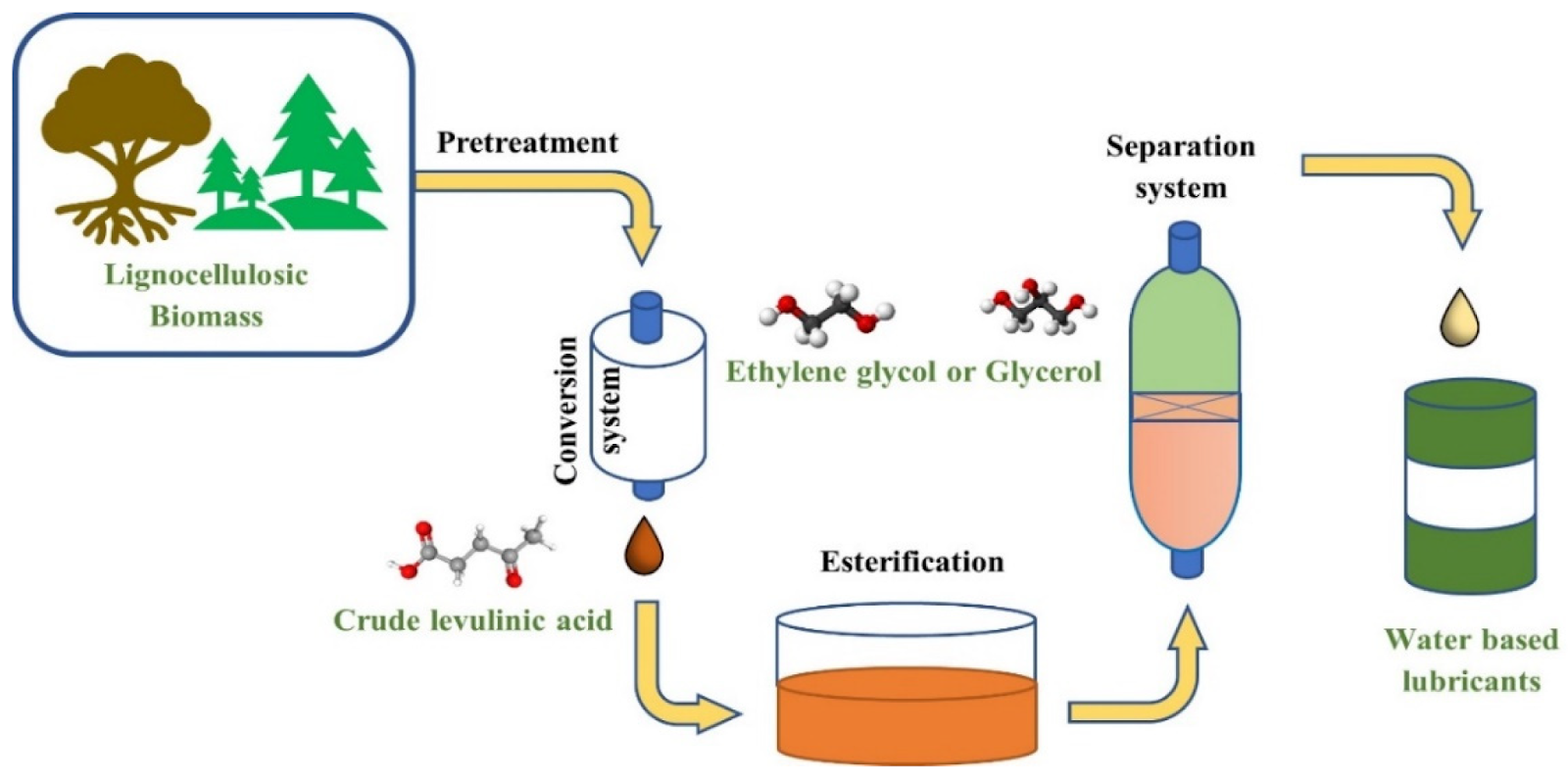Various industries use lubricating oils. There are multiple processes used to make these oils. Mineral, synthetic, and vegetable-based oils are several types of lubricating oils.
Crude oil, fatty acids, and alcohol are raw ingredients involved in manufacturing lubricating oils. Blending, purifying, and filtering are all steps in the production process.
A quality and viscosity test is performed on the finished product. After that, lubricating oils are dispersed and packaged in various equipment and engines.
The different lubricating oil varieties and the raw ingredients utilised in their production will be covered in this article.
We will also answer the most common question: "How do you make engine oil?"
Did you know?
If used effectively, lubricating oils increase fuel economy by 2% since they reduce the friction between moving parts.
What is Lube Oil?

Lubricant oil reduces wear and friction. It is a component of engines and machinery. Additionally, it seals and cools parts.
Rust and corrosion are avoided. The machine's longevity depends on the lubricant.
Regular oil changes are required. The oil's viscosity is crucial.
Crude oil is used to make lube oil, and synthetic and vegetable oils are used. Lubricants are classified according to their viscosity.
The units are centistokes (cSt). High-speed machines use low-viscosity oil, and low-speed machines need high-viscosity oil.
The oil's quality and characteristics are evaluated. Contaminants and oxidation are inspected.
Automotive, aviation, and marine industries all use lube oil.
Manufacturing and electricity generation also need oil. For optimum machine performance, lubrication oil must be chosen appropriately and maintained.
What Is Lubrication Oil?
Lubricant oil reduces wear and friction. Machines and engines employ them. Additionally, oils seal and cool parts. But what is lubricating oil used for?
They guard against rust and corrosion. For a machine to last a long time, lubricating lubricants are necessary. Different oils have various characteristics.
Crude oil is a source of mineral oils. Chemical methods are applied to create synthetic oils. Plants make oils from a vegetable foundation.
Viscosity classifies lubricating lubricants. They undergo quality and contamination testing.
Automotive, aviation, and the marine industries are just a few that use oils. For optimum machine performance, lubricating lubricants must be properly chosen and maintained.
Uses of Lubricating Oils

Many businesses depend heavily on lubricating lubricants. They help prevent corrosion and rust by reducing wear and friction and cooling and sealing machine parts.
Mineral, synthetic, and vegetable-based oils, among others, are among several types of lubricating oils.
Choosing and maintaining lubricating fluids correctly is essential for maximising machine performance.
Major lubricating oil uses include:
- They are used in machines and engines.
- Reduces friction and wear
- Cools and seals components
- Prevents corrosion and rust
- Essential for machine longevity
- Different oils for different machines
- Mineral, synthetic, and vegetable-based oils
- They are classified by viscosity
- They are tested for quality and contaminants
- Used in the automotive, aviation, and marine industries
- They are also used in power generation and manufacturing
- Refillable through cartridges or converters
- Improve machine efficiency
- Help reduce downtime
- Help improve the machine lifespan
Also Read: Bedsheet Manufacturing Business (Manufacturing Process Explained)
How to Obtain Lubricating Oils from Crude Petroleum (Extraction Process)
Lubricating oils are produced from crude petroleum in a four-step process involving exploration, drilling, transportation, refining, and treatment.
The process requires specialised equipment and expertise to extract and refine the crude oil, resulting in high-quality lubricating essential oils for various industrial applications.
Here is a detailed explanation of each process.
1. Exploration and Drilling
Exploration and drilling are the first steps in extracting lubricating oils from crude petroleum. It involves specialised equipment to find underground crude oil deposits.
Drilling rigs recover crude oil after reservoir discovery.
The fraction from which lubricating oils are obtained has a higher boiling point than others and is heavier. This percentage is required to produce motor oil and other lubricating oil products.
Creating lubricating oil is a multi-step process that includes numerous steps, such as transportation, refining, and treatment.
However, by following these procedures, premium lubricating oils for various industrial uses can be created.
2. Transportation
The second step in extracting lubricating oils from crude oil is transportation.
Crude oil is transported from the drilling site to the refinery through pipelines, tankers, or automobiles.
Pipelines are the most efficient and cost-effective transportation method.
Transportation must be meticulously planned and handled to deliver crude oil on time and safely.
Crude oil might undergo extra processing when it reaches the refinery to produce lubricating oils for some uses.
The fraction from which lubricating oils are obtained is higher in temperature.
3. Refining
Refining is the third step in making lubricating oils from crude petroleum. This procedure uses a technique known as fractional distillation to divide crude oil into various fractions.
Lubricating oils are made using heavier fractions with higher boiling points.
High heat and specialised machinery are needed throughout the refining process to separate the fractions.
After separating the fractions, additional processing is done to create high-quality lubricating oils that adhere to strict performance standards.
The refinement procedure is essential for assuring the performance and quality of manufactured lubricating oils.
Lubricating oil must be refined to remove excess particles.
4. Treatment
Treatment is the fourth and last step in lubricating oils from crude petroleum. This process entails purging them of contaminants to verify that the lubricating oils satisfy certain quality and performance criteria.
Filtration, distillation, and chemical treatment are all possible treatment methods. Before being packed and sent to consumers, the treated lubricating oils are checked to ensure they adhere to the necessary standards.
The treatment process is crucial to guarantee that the produced lubricating oils are of superior quality and satisfy diverse industrial applications.
How to Make Engine Oil at Home?
Engine oil is the lubricant that keeps your car running smoothly. It's also a key component of your engine, so it must be regularly checked, tested, and replaced if necessary.
But what if you need access to an oil change facility?
Or what if you need to be more relaxed or forgetful? Making your own engine oil could be the solution! But how to make engine oil at home?
Here are the steps to follow:
1. Base Oil Selection
First, you must select the right base oil for your engine. It will depend on its make and model and performance characteristics.
It is one of the most significant steps if you want to know "how engine oil is made".
2. Additive Selection
Once you've decided which kind of base lubricant we want to use in our project (i.e., straight crude vs synthetic), then comes time for choosing what kind(s) of additives should be added to those mixes during the production process itself!
Some common additive types include:
- Disulfiram (an anti-oxidant)
- Debitol (a rust inhibitor)
3. Mixing
Mixing is combining two or more substances to form a new substance. The two or more substances are usually non-miscible, meaning they cannot mix in pure form.
Mixing can take place at home using a laboratory setup, but you can also do it in your carport without any special equipmentall you need are bowls and measuring cups!
4. Blending
To blend the oil and additives:
- Use a blender.
- Do not use a blender to blend the oil with the additive or base oil.
- If you are using an electric hand mixer, switch it off at this point and let it cool down for 10 minutes before blending again with just the additive in your hands.
5. Quality Control
Quality control is a crucial part of oil-making. You need a quality control system that can test your oil and help you ensure it meets your standards for quality, purity, and consistency.
A good quality control system will also help you find out if there are any problems with your oil at any point in time during its production process.
Also Read: How to Manufacture Butter: The Step-by-Step Process Explained
List of Lubricant Oil Manufacturers
Following are some of the well-known lubricant oil manufacturers in India.

1. IOCL, or Indian Oil Corporation Limited
One of the biggest lubricating oil producers in India is IOCL. They provide a variety of industrial and automotive lubricants, such as hydraulic oils, gear oils, and engine oils.
Their goods are renowned for being of the highest calibre and effectiveness.
2. Bharat Petroleum Corporation Limited (BPCL)
It is one of India's top lubricating oil manufacturers. Under the Mak brand, they provide a variety of lubricants for vehicles and machinery.
Their goods are renowned for their exceptional quality and cutting-edge technology.
3. Hindustan Petroleum Corporation Limited (HPCL)
A significant lubricant producer is Hindustan Petroleum Corporation Limited (HPCL), the market leader in India's lubricant sector. They offer a range of premium industrial and automotive lubricants under the brand HP Lubricants.
They are known for their exceptional performance, dependability, and customer satisfaction.
4. Castrol India Limited
BP, the world leader in lubricating oils, has a subsidiary called Castrol India Limited. Castrol provides a variety of lubricants for automobiles and machinery.
Their goods are renowned for their cutting-edge design and high-performance features.
Conclusion
Lubricating oil or Lube oil is crucial for machinery performance. Depending on the application, many lubricating oil types exist.
Lubricating oil production involves several steps, including exploration, drilling, transportation, refining, and treatment.
Crude oil and additives are the primary ingredients in lubricating oil production. The pour point, flash point, and viscosity index are crucial lubricating oil characteristics.
Compared to mineral-based oils, synthetic lubricating oils have advantages. Lubricating oils must be stored and disposed of properly to prevent environmental harm.
The lubricating oil sector keeps coming up with fresh ideas and solutions.
Follow Khatabook for the latest updates, news blogs, and articles related to micro, small and medium enterprises (MSMEs), business tips, income tax, GST, salary, and accounting.

